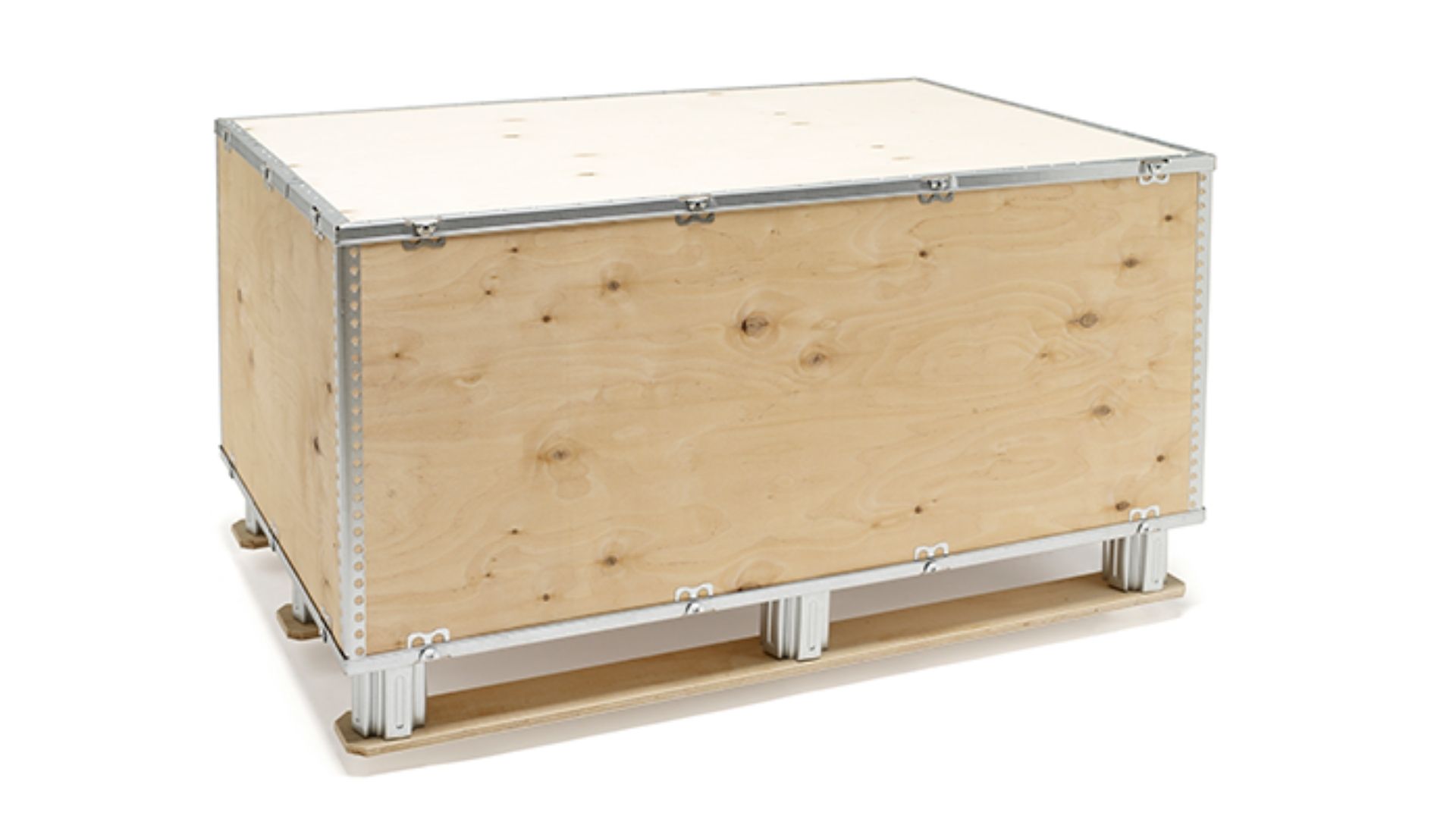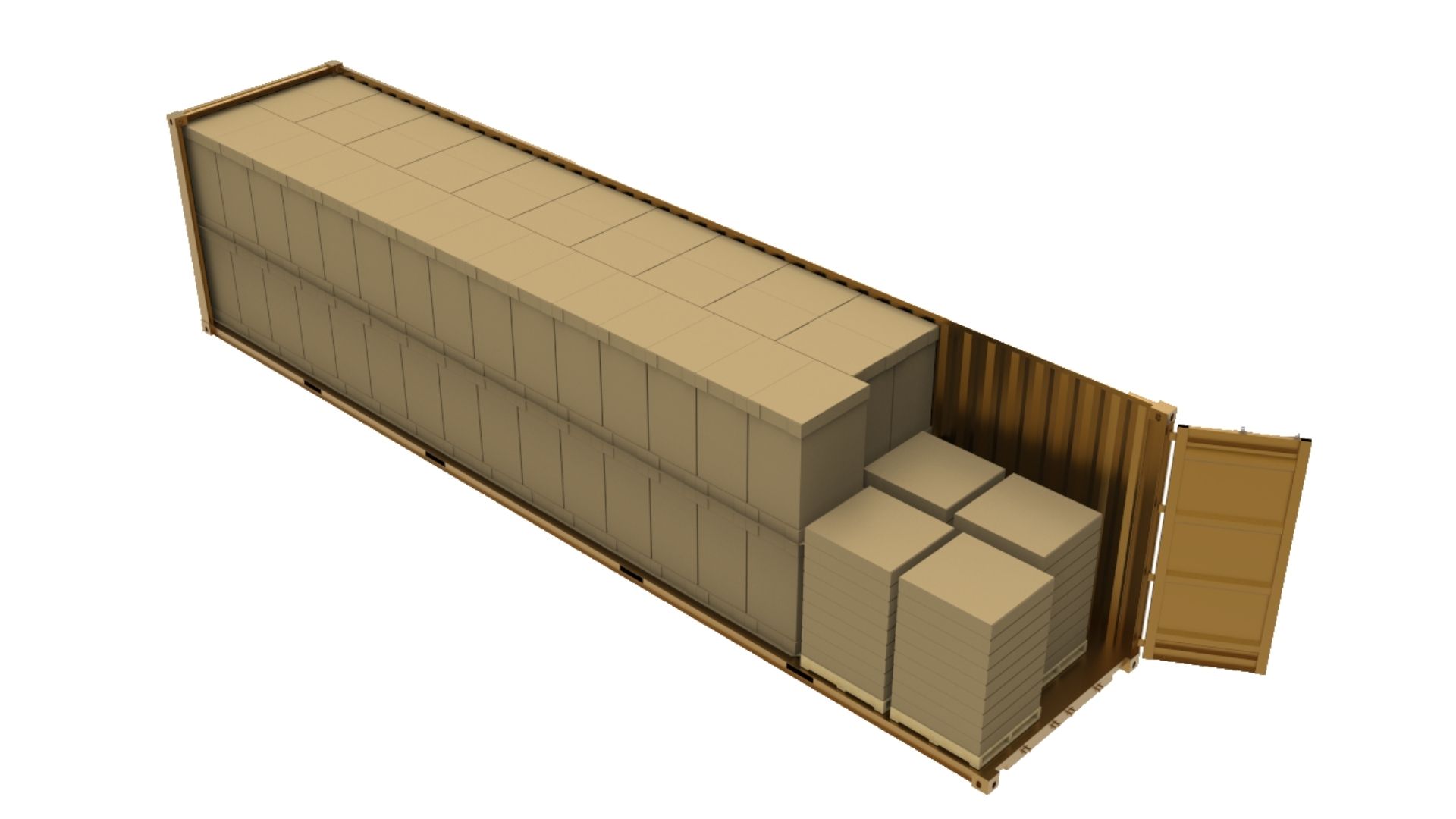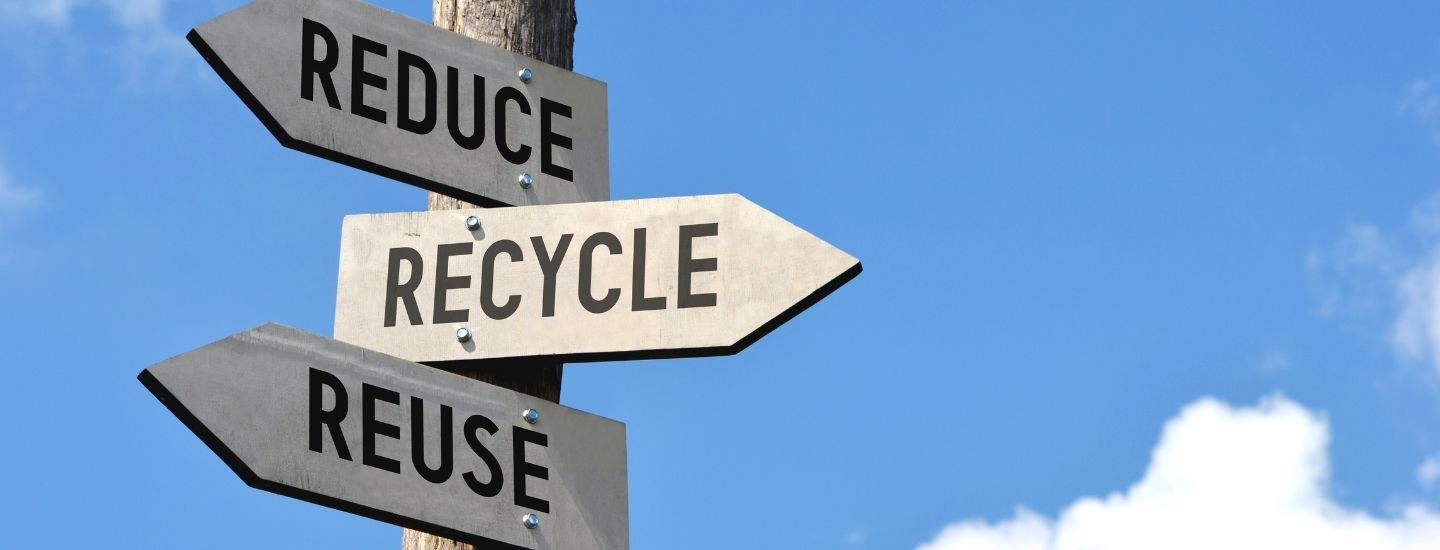- News & Insights
- 2022
- How sustainable packaging design can generate savings in supply chains
NEWS & INSIGHTS
Sustainable Packaging
How sustainable packaging design can generate savings in supply chains?
We live in an ever-changing world, where new materials are emerging, industries are expanding, and awareness around sustainability goals is growing.
For the packaging industry it means a constant evolution. However, for diverse businesses, this demands a more comprehensive approach to make their supply chain management truly sustainable.
To save cost and optimize transportation, packaging and logistics solutions must be designed in such a way that are both economical and environmentally friendly while also ensuring a high level of quality. This can be accomplished by applying the three main principles of a circular economy – reduce, reuse, and recycle – to the design process of each solution. Here we discuss how these three principles can be applied to load efficiency and package optimization, while reducing CO2 emissions and waste.
Design to reduce
Reducing the amount of materials used and resources needed to ship the packaging is the number one rule of the 3Rs approach in supply chains. There are several ways that companies can generate savings following this route, including load optimization and packaging handling.
A good example that ticks all these boxes is a foldable plywood box used for storage and export shipment of industrial products. Its foldable structure and lightweight design can help save space on both inbound flat-packed transportation and storage, as well as outbound fully assembled transportation. On top of that, an easy and quick to assemble locking system can allow reopening of the box, saving handling and labor time throughout the supply chain.
Another smart example for optimizing supply chain is to build a solution that enables the product to be stacked during transportation. This can significantly increase the load per truck, which can generate financial and environmental savings. Typically, these improvements can generate up to 25% cost reduction and 20% CO2 eq reduction.
 Sustainable, foldable plywood boxes can be used for storage and export shipment of industrial products.
Sustainable, foldable plywood boxes can be used for storage and export shipment of industrial products.
 Example of a sustainable container stacking alternative.
Example of a sustainable container stacking alternative.
Design to reuse
Avoiding waste generation during the supply chain cycle is another smart way to save resources. This can be achieved in three different ways.
Firstly, by using packaging that is designed to be reused multiple times. It is crucial to underline that the packaging lifespan depends on various supply chain conditions in which it is managed during each cycle. In the event of damage, the components should be designed to be able to quickly and easily be repaired separately, without affecting the overall quality of the solution. This is probably the oldest but also most proven solution in logistics, that can significantly reduce manufacturing costs and CO2 emissions.
Secondly, by opting for solutions that enable the same packaging throughout the whole supply chain cycle. For example, use optimized boxes that have reopening locking systems so that they can be opened and closed multiple times until they reach their final destination. This way saves both costs and resources, as well as improve handling and labor time.
Finally, by utilizing connected packaging technologies to build efficient returnable flows. By monitoring the packaging in real time, companies can receive alerts on various conditions incurred, like shock, tampering or late deliveries. The data provided also enables analysis of routes, delivery performance, handling, utilization, and lead times.
Design to recycle
According to latest research, the world is on a trajectory where waste generation will drastically outpace population growth by more than double by 2050 (What a Waste). Simplifying recycling of the packaging that no longer serves its purpose is a crucial part of the solution. To leverage that, packaging manufacturers offer various sustainable solutions, depending on individual customer needs. We see the market currently focuses on two main options: using 100% fiber-based materials (i.e., foam-less fillers) or on recycled fibers (i.e., corrugated boxes or pallets based on recycled content).
Adding post-consumer resin (PCR), or other materials with high recycled content, into the packaging is another alternative that is gaining traction. This way packaging manufacturers save money on new materials and the recycling sites profit and free up their storage. Most importantly though, this approach avoids generating new waste and polluting the environment.
 Regardless of the chosen packaging solution, it is clear that both the problem and the solution clearly start with design. By shifting the mindset of traditional packaging design, we can re-use materials once thought as waste, prolonging its life in a circular economy. This way we could eliminate the concept of waste for good not only from supply chains, but from the whole packaging market (Ellen MacArthur Foundation).
Regardless of the chosen packaging solution, it is clear that both the problem and the solution clearly start with design. By shifting the mindset of traditional packaging design, we can re-use materials once thought as waste, prolonging its life in a circular economy. This way we could eliminate the concept of waste for good not only from supply chains, but from the whole packaging market (Ellen MacArthur Foundation).
At Nefab, we are finding new ways to achieve greater sustainability in our solutions and smarter ways to reduce the environmental impact. Together, we can pave the way for a future with less packaging waste for our customers, for society, and the environment.
We save resources in supply chains, for a better tomorrow.
Want to learn more?
GET IN TOUCH
Contact us to learn more about our circular plastics solutions.
LEARN MORE
GreenCALC
Nefab’s own certified calculator measures and quantifies financial and environmental savings in our solutions
Sustainable Solutions
Engineered packaging for sustainable supply chains
Sustainable Materials
Fiber-based packaging and raw materials



 Regardless of the chosen packaging solution, it is clear that both the problem and the solution clearly start with design. By shifting the mindset of traditional packaging design, we can re-use materials once thought as waste, prolonging its life in a circular economy. This way we could eliminate the concept of waste for good not only from supply chains, but from the whole packaging market (
Regardless of the chosen packaging solution, it is clear that both the problem and the solution clearly start with design. By shifting the mindset of traditional packaging design, we can re-use materials once thought as waste, prolonging its life in a circular economy. This way we could eliminate the concept of waste for good not only from supply chains, but from the whole packaging market (